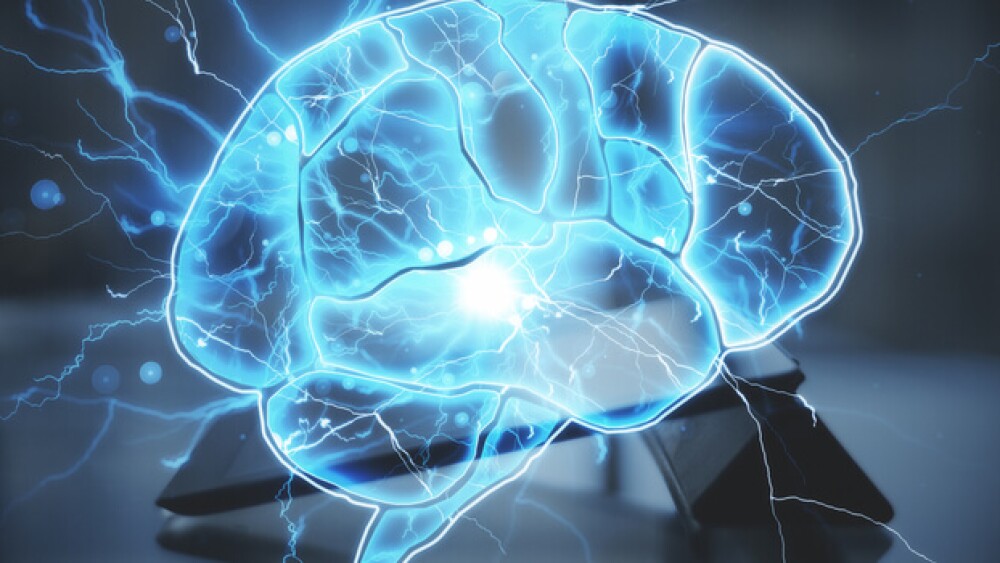A study in Nature Neuroscience shows SARS-CoV-2, the virus responsible for COVID-19, is capable of crossing the blood-brain barrier, likely contributing to symptoms of brain fog and other cognitive effects reported by people infected with the virus.
A study in Nature Neuroscience shows SARS-CoV-2, the virus responsible for COVID-19, is capable of crossing the blood-brain barrier, likely contributing to symptoms of brain fog and other cognitive effects reported by people infected with the virus.
The spike protein of the virus, which is usually referred to as the S1 protein, is the key driver that helps the virus cross the blood-brain barrier. According to the lead study author William A. Banks, a professor of medicine at the University of Washington School of Medicine and a Puget Sound Veterans Affairs Healthcare System, binding proteins like S1 typically cause damage by themselves as they sometimes detach from the virus and cause inflammation. Likewise, the S1 protein in SARS-CoV-2 causes the brain to release cytokines and inflammatory products, he said in an interview.
Researchers studying the SARS-CoV-2 virus often cite the “cytokine storm” as an important marker of disease severity, as cytokines are inflammatory proteins that lead to symptoms of severe disease. When the immune system notices the virus and its proteins, it goes into hyperdrive and produces these cytokines as part of an effort to neutralize the invading virus.
In the study, Banks and colleagues noticed the S1 protein in SARS-CoV2 functions similarly to the gp 120 protein in HIV-1. These are glycoproteins, or proteins that contain sugars. Both the S1 and gp 120 proteins function as the arms and hands of the viruses, which helps them grab onto other receptors. Additionally, both show the ability to cross the blood-brain barrier and exhibit potentially toxic behavior in brain tissues.
In April, Banks and fellow researchers put their Alzheimer’s, obesity, diabetes and HIV research work on hold to study the S1 protein in SARS-CoV-2. Jacob Raber, a professor in the departments of Behavioral Neuroscience, Neurology, and Radiation Medicine, a long-time collaborator with Banks’ lab, joined researchers from Oregon Health & Science University to assist in this laboratory work.
“We know that when you have the COVID infection you have trouble breathing and that’s because there’s infection in your lung,” said Banks, “but an additional explanation is that the virus enters the respiratory centers of the brain and causes problems there as well.”
Raber added that their experiments found that S1 transport was faster in the olfactory bulb and kidney of male mice compared with female mice. Ultimately, this finding might explain the increased susceptibility of men to more severe outcomes associated with COVID-19.
“You do not want to mess with this virus,” said Banks in response to his research findings. “Many of the effects that the COVID virus has could be accentuated or perpetuated or even caused by the virus getting in the brain and those effects could last for a very long time.”
While brain fog is a common symptom associated with COVID-19, other neurocognitive effects of infection have been reported. Recently, a study from the University of Oxford published in The Lancet Psychiatry found that COVID-19 was associated with an increased risk of adverse mental health issues. Additionally, these researchers found that having a psychiatric disorder increased the likelihood of receiving a COVID-19 diagnosis. In fact, a COVID-19 diagnosis was associated with an increased incidence of a first diagnosis of insomnia, depression or anxiety approximately 14 to 90 days after diagnosis.





